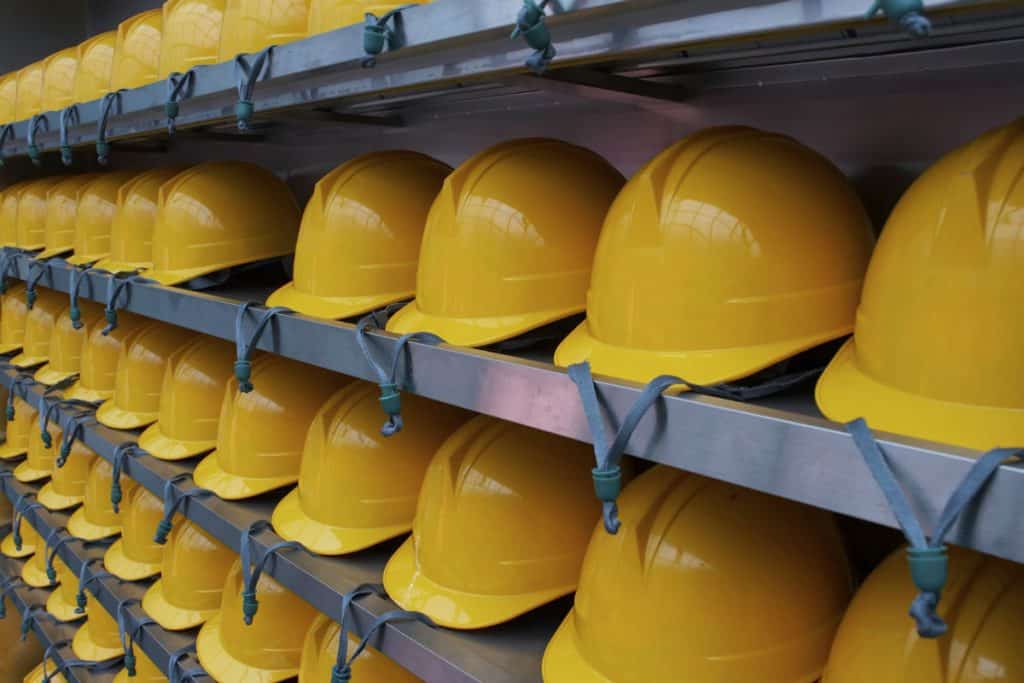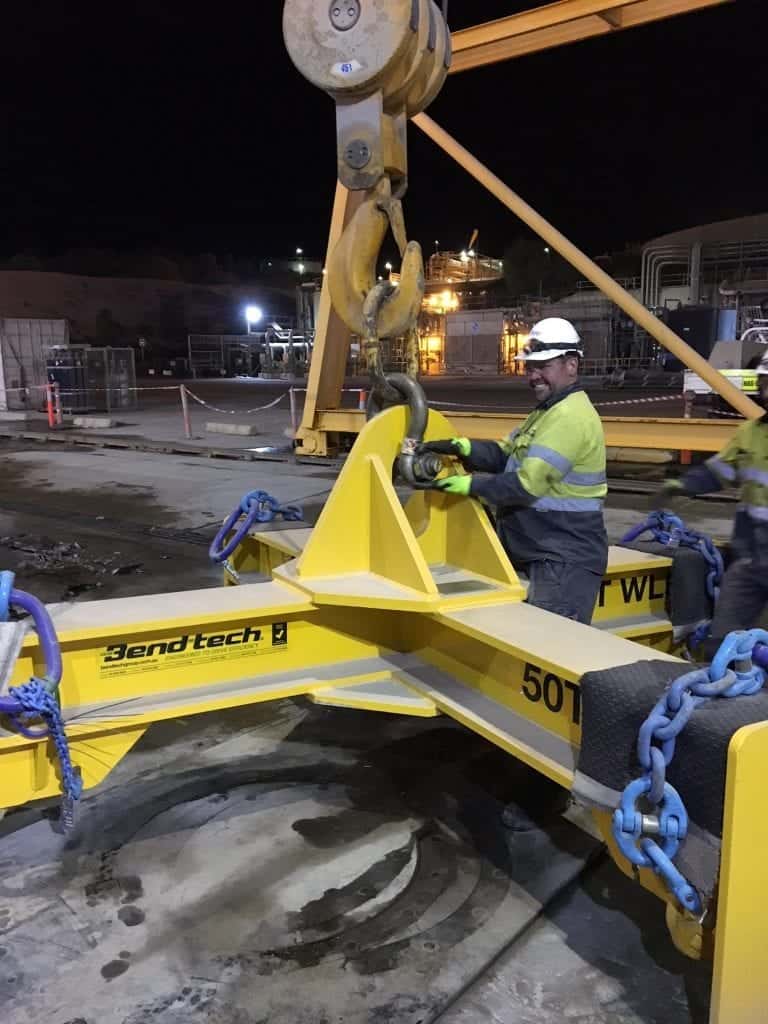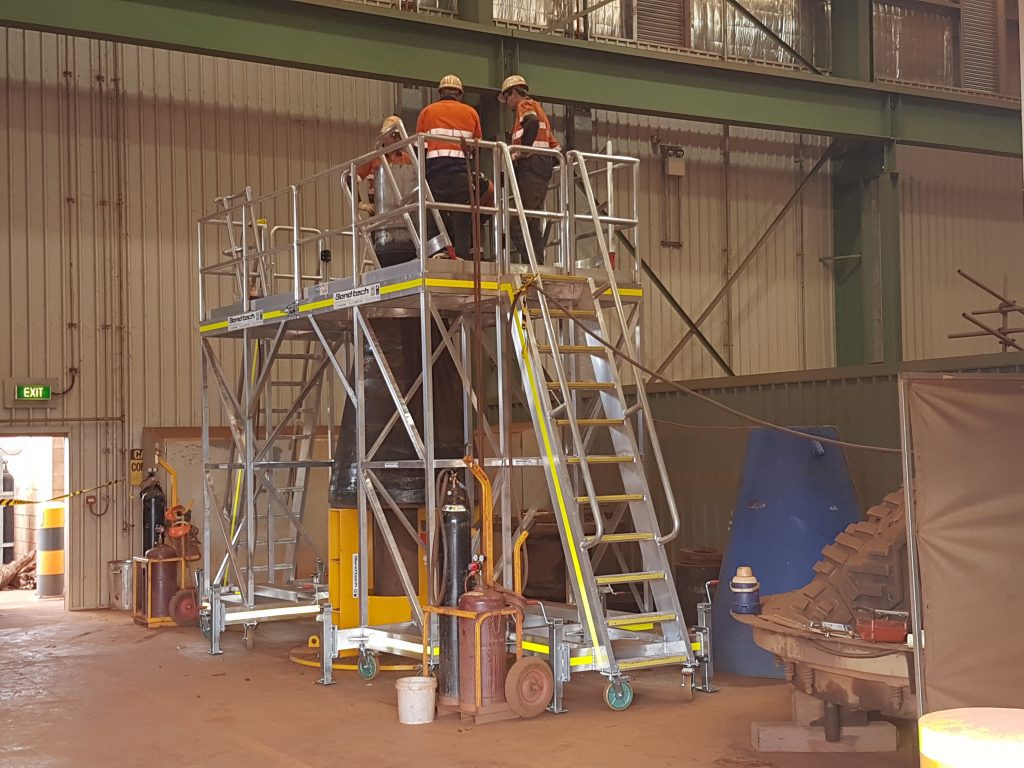Modern steel processing uses a set of techniques to reshape metal for practical purposes. It also encompasses machining, welding and more. With so much steel used in modern construction, the manufacturing of vehicles and so many other applications, steel processing is in demand more than ever before.
This article focuses on some of the processes involved in steel processing, as well as the essential tools required to ensure efficiency, product quality and safety.
Primary steel making tools
Modern steel manufacturing requires a number of processes, and in order to produce quality results, the correct equipment is necessary to get the job done right. This section takes a closer look at the tools required for steel manufacturing.
Blast furnaces for smelting iron ore
Once iron ore has been mined from the ground, it needs to be fed into a blast furnace to refine the iron. During this process, impurities are removed and carbon is added. From the top down, coke and limestone join the mix in the blast furnace. These iron-bearing materials become hotter as they sink deeper into the furnace. Coke and limestone remove impurities from the iron and form slag, leaving pure molten metal.
Basic oxygen furnaces for refining steel
The oxygen furnace process is the primary way of transforming iron into actual steel. Carbon-rich molten metal from the blast furnace now becomes steel, which can then be used to create a broad variety of products, including tools and building materials.
Refractory vessels for holding and preheating molten metal
Refractory vessels are specially designed to hold melted iron or steel. They are used in the melt shop caster area of the plant. These vessels must first be preheated before molten metal can be poured into them. If a vessel is cold when molten metal is added, the metal will pop and explode over the sides of the refractory vessel. This results in inferior product quality and is also a safety hazard.
Manufacturing equipment in steel processing
The next phase of the steel manufacturing process requires several important tools to achieve the desired results. Let’s take a look at these tools and what they do.
Hot rolling mills
Hot rolling mills are used to soften and shape the steel. The heated mill softens the steel just enough so it can be moulded into different shapes, such as a plate, rod, bar and so on. Hot mills also enable the steel to be malleable enough to be thinned out and lengthened as the steel passes through a series of rolling stands.
Cold rolling mills
The cold rolling mill is designed to enhance the strength of the steel. After the steel has cooled following hot rolling, cold rollers are applied to strengthen the steel by a further 20%. Once the steel has been cold rolled, it can readily be shaped without any risk of shrinking as the steel cools.
Infrared pyrometers
Steel mills are challenging environments and one of the greatest challenges is obtaining reliable temperature measurements. Infrared pyrometers enable accurate temperature measurement, as this is critical in steel manufacturing.
The infrared pyrometer is a very accurate temperature measurement sensor that allows precision temperature control for unique applications and quality results.
Essential metalworking processes
Let’s now move on to some of the metalworking processes that are essential in steel product manufacturing.
Milling
Milling is all about cutting metal. The milling machine is power-driven and has a cutter that rotates around a spindle axis. Milling machines also have a moveable worktable that moves in multiple directions. A variety of cutters are used for tool making, fashioning mechanical parts such as gears, and making grooves and decorative shapes.
Lathing
This is another method of machining steel. The material is put into rotation, and a blade is used to shape pieces of steel. Both internal and external lathing can be performed. Mechanical parts for cars are one such product a lathe is used to produce. Sports equipment and household items are other examples.
Grinding
Grinding is a common method used in the processing of metals and is generally used for finishing the surface. Disc grinders, whetstones and abrasive tape are used to smooth the surface of metal or to create holes, metal shafts and planes. Grinding is also used to shape metal and remove imperfections.
Forming
Forming is the process of applying pressure to metals to change their shape and dimensions. Both metal rolling and metal forging are an integral part of the forming procedure. There is also stamping, drawing and extrusion.
Hot working metal is where metal forming is carried out above the recrystallisation temperature of the metal. Cold forging is a process carried out below the recrystallisation temperature and helps improve the toughness and hardness of the metal’s elements.
Heat treating
In order to alter the physical (and sometimes chemical) properties of metal, heat treating is used and involves industrial, thermal and metalworking processes.
Quenching is a process where metal is heated to a specific temperature, where it remains for a time before being cooled rapidly.
The annealing process is very similar to quenching, except the metal is cooled slowly.
Tempering involves steel that has previously been quenched. The steel is heated, held at that temperature for a time and then cooled down. Tempering serves to harden the metal, making it even stronger.
Advanced processing and coating techniques
We’ll now cover some other important elements of metalworking.
Welding
Welding is the process of joining pieces of metal together by a process of melting and rehardening. There are a number of different welding methods, and we’ll go over these briefly.
MMA: Manual metal arc welding
TIG: Tungsten inert gas welding
MIG/MAG: consumable electrode welding
More modern welding techniques include using welding lasers, as well as electron beam welding and electrogas welding.
Powder coating
The powder coating method is a very effective way of painting metal surfaces. One main advantage of powder coating is that it protects the metal and prevents it from pitting or rusting. Powder coating is a broadly used process found in just about every industry, but it’s particularly useful in the automotive industry, the making of household appliances, machinery and furniture production.
Hot dip galvanisation
Hot dip galvanisation is very effective for protecting steel objects against corrosion. Pre-cleaned elements are immersed in a zinc bath, and the molten zinc is heated to a temperature of 450 degrees Celsius. This process also enhances the metal’s resistance to mechanical damage. Sheet metal, car body parts, tanks and silos, and objects often exposed to the elements, all benefit from the protection that galvanisation provides.
In summary
When steel is being manufactured, its ultimate quality for use in so many industries depends heavily on all the equipment and processes outlined in this article. From adding iron ore to the blast furnace right through to galvanising metal and everything in between, having the essential tools for modern steel processing cannot be overstated.
At Bend-tech, we encourage you to adopt the best tools and technologies for optimal results, and we can help with that. Contact us today for more information on our metal processing services, as well as tube lasering and flatbed laser cutting.









About The Author: Highjumpdev
More posts by Highjumpdev